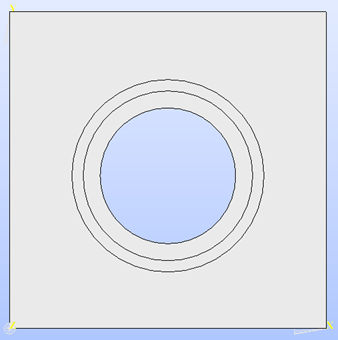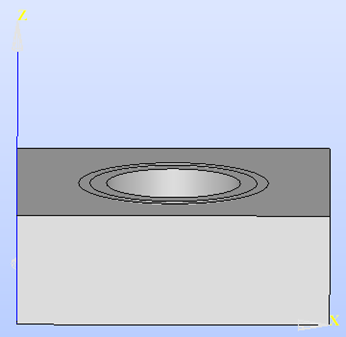Hi all, I have a few questions about tagging the geometry with Salome. I would appreciate it if someone could help me.
- FESTIM-workshop/tasks/task08.ipynb
FESTIM-workshop/tasks/task08.ipynb at main · festim-dev/FESTIM-workshop · GitHub
def convert_med_to_xdmf(
med_file,
cell_file="mesh_domains.xdmf",
facet_file="mesh_boundaries.xdmf",
cell_type="tetra",
facet_type="triangle",
):
Is cell_file refers to the groups of volumes in Salome, and is facet_file refers to the groups of faces in Salome? If yes, are the mesh files (.med) of the groups of volumes and the groups of faces exported separately into two .med files? How are the mesh files of groups of volumes and the groups of faces exported separately? Or is it just one mesh file containing the volumes and the faces, then use the meshio to separate the volumes and faces?
- What is the function of the code as below?
correspondance_dict = msh.cell_tags
cell_data_types = msh.cell_data_dict["cell_tags"].keys()
- “The subdomains (volumes and surfaces) in the .med file were given tags.” Does this mean that the tags are given when the subdomains are built with Salome? For example, tag (is tag=name?) the tungsten volume 6, Cu volume 7, CuCrZr volume 8 in Salome before exporting the meshing file (.med)?
- interface_conditions_paper/iter_2d_case.py
interface_conditions_paper/iter_2d_case.py at d40ee0fb3daf0a7622a3e41c84b14014595cbab0 · RemDelaporteMathurin/interface_conditions_paper · GitHub
id_top_surf = 9
id_coolant_surf = 10
id_left_surf = 11
If the geometry is built as below, are top_surf, coolant_surf and left_surf all on the X-Y plane with the geometry in Salome?

